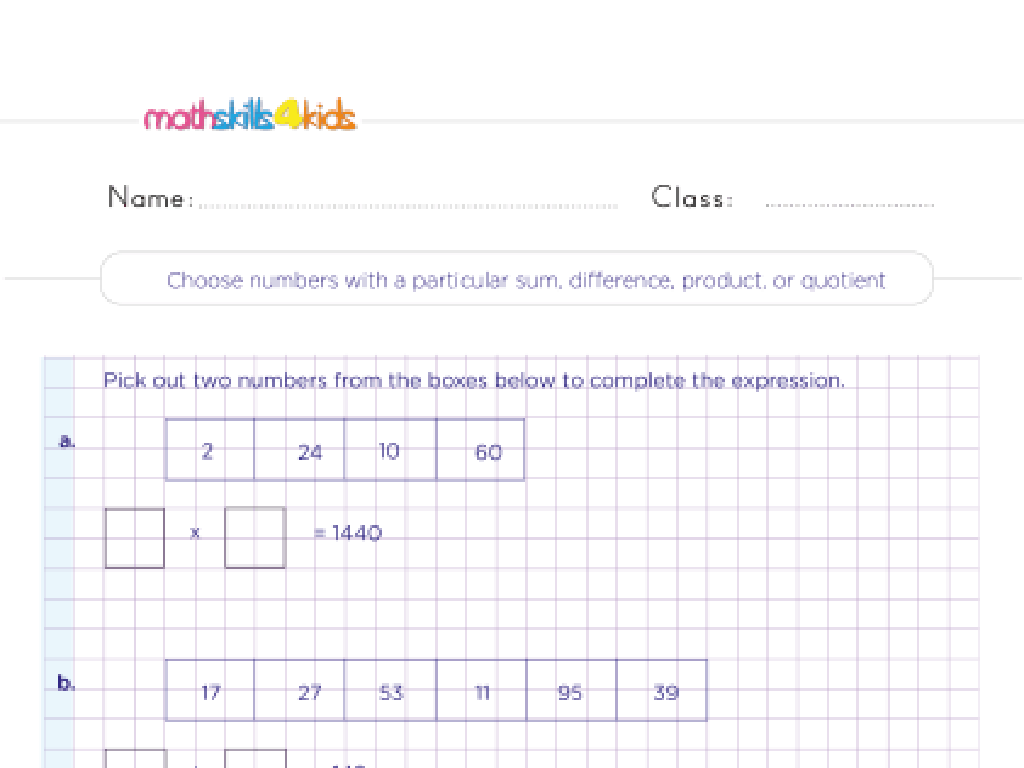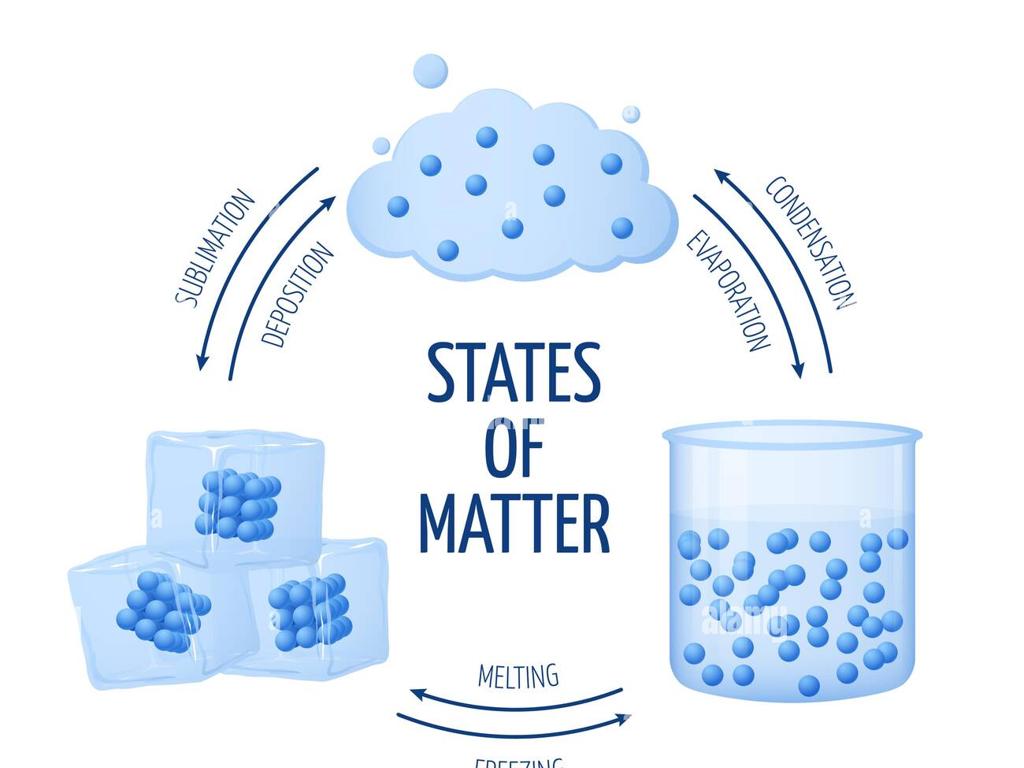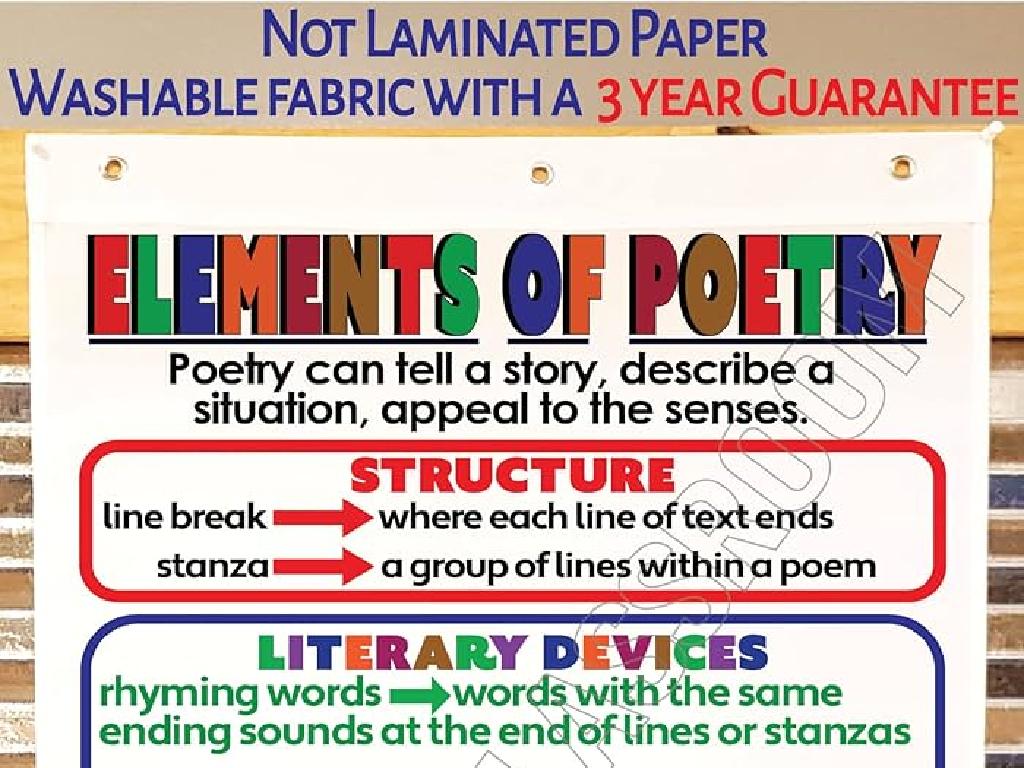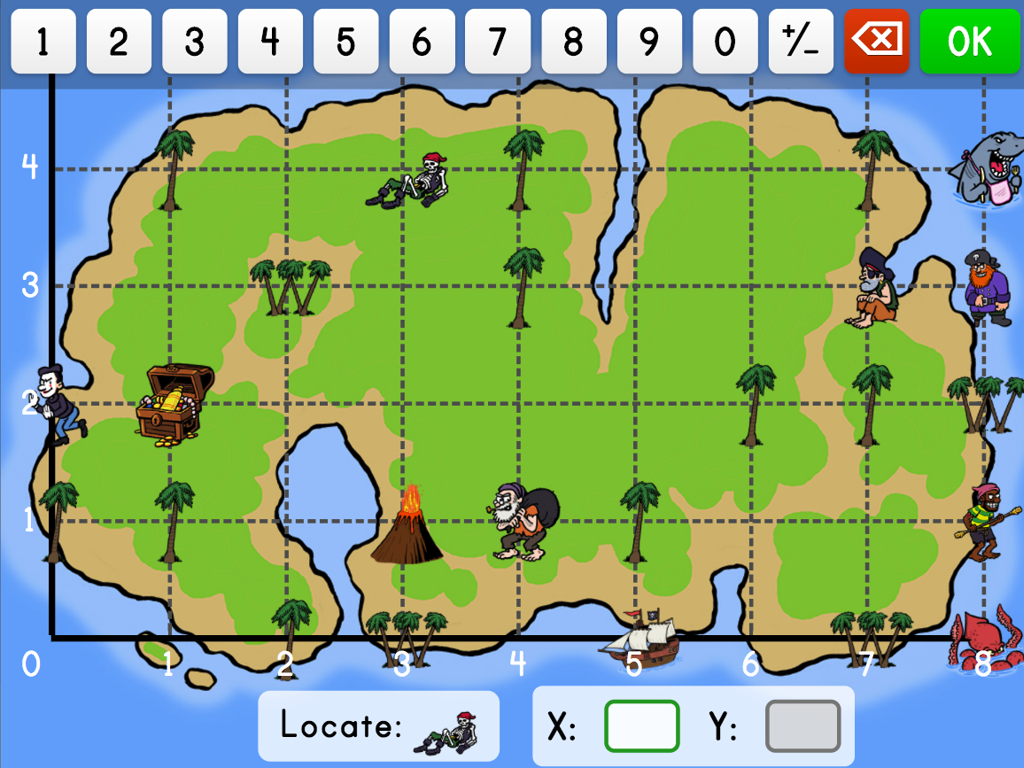Select Countries Of Europe: Review
Subject: Social studies
Grade: Eighth grade
Topic: Europe: Geography
Please LOG IN to download the presentation. Access is available to registered users only.
View More Content
Exploring Europe: A Geographical Journey
– Europe’s diverse landscape
– From the Alps to the plains, Europe’s terrain varies greatly.
– Geographical significance of Europe
– Europe’s location has shaped history and trade.
– Focus on select European countries
– We’ll revisit countries like France, Germany, and Italy.
– Engaging with Europe’s geography
|
This slide introduces students to the continent of Europe, emphasizing its diverse geography and its importance throughout history. Highlight Europe’s varied landscapes, from mountain ranges like the Alps to vast plains. Discuss how Europe’s geographical position has influenced cultural exchanges, economic trade, and historical events. Today’s lesson will focus on reviewing specific European countries, such as France, Germany, and Italy, to understand their unique geographical features and how these have played a role in their development. Encourage students to think about how geography can impact a country’s culture, economy, and interactions with neighboring nations.
Physical Features of Europe
– Explore Europe’s mountains, rivers, plains
– The Alps, Danube River, Great European Plain
– Impact on climate, culture, economy
– Features influence weather patterns, lifestyles, trade
– Map activity: Locate features
– Use a map of Europe to identify key physical features
– Discuss findings and insights
|
This slide aims to review the major physical features of Europe and their profound impact on the continent’s climate, culture, and economy. Start by discussing prominent features like the Alps, which affect weather and are crucial for tourism. Rivers like the Danube play a vital role in transportation and trade, while plains such as the Great European Plain are key agricultural areas. The map activity will help students visually connect these features with their locations. Encourage students to think about how these features have shaped European history and society. After the activity, facilitate a discussion where students can share what they’ve learned and how they think these features have influenced life in Europe.
Cultural Diversity in Europe
– Europe’s rich cultural tapestry
– A mosaic of customs, cuisines, and arts across countries
– Languages and traditions vary
– Over 200 languages spoken, from Portuguese to Russian
– Celebrating diverse European holidays
– From Spain’s La Tomatina to Germany’s Oktoberfest
– Class Discussion: European heritage
|
This slide aims to showcase the vast cultural diversity found within Europe, emphasizing the differences in languages, traditions, and holidays. Europe is not a monolith but a continent rich with a variety of cultures, each contributing to the global tapestry. Highlight the fact that Europe is home to more than 200 languages, and each region has its own unique set of traditions and celebrations. Encourage students to engage in a class discussion about their own European heritage, if applicable, and share stories or traditions they may have. This activity will help students appreciate the diversity within their classroom and connect with the content on a personal level.
Exploring Political Borders in Europe
– Concept of nation-states
– A nation-state is a territory where all people share a common identity and culture.
– Europe’s political borders
– Review the map of Europe to see the distinct political borders of each country.
– European Union formation
– The EU was formed to foster economic cooperation and prevent conflict.
– EU’s impact on Europe
– The EU has led to easier travel, trade, and a shared currency among member countries.
|
This slide aims to provide students with an understanding of the concept of nation-states and the significance of political borders in Europe. It will also delve into the formation of the European Union and its profound impact on the continent. Students should learn how the EU has influenced political, economic, and social aspects of European countries. Encourage students to think about how the EU might affect their lives, such as through the goods they buy or the news they hear about international policies. Discuss the benefits and challenges of such a union, and how it has shaped the way European countries interact with each other.
Economic Overview of Europe
– Overview of Europe’s diverse economy
– The Eurozone and the Euro’s role
– 19 of 27 EU countries use the Euro, facilitating trade
– Currency matching activity
– Match European countries with their correct currency
– Significance of different currencies
– Not all EU countries use the Euro, e.g., Sweden uses the Swedish Krona
|
This slide provides a snapshot of Europe’s economy, highlighting the diversity and complexity of economic systems across different countries. The Eurozone is a monetary union of countries that have adopted the Euro as their currency, which simplifies business and trade among member nations. However, not all European countries are part of the Eurozone. The class activity involves matching countries with their respective currencies, which will help students familiarize themselves with European geography and economics. For the activity, provide a list of countries and currencies on separate cards and ask students to pair them correctly. This can be done individually or in groups. Possible variations include a timed challenge, a competitive game between groups, or using an interactive map for a visual aid.
Country Profiles: Exploring Europe
– Create a profile for a European country
– Include key country facts
– Capital, language, population, currency
– Find one unique interesting fact
– E.g., France’s TGV is the fastest train
– Present your profile to the class
|
This activity is designed to help students engage with the geography of Europe by researching and presenting information about a specific country. Students will look up the capital city, official language, population size, and type of currency used in their chosen country. Additionally, they should find an interesting fact that makes the country unique, such as a cultural tradition, historical achievement, or a geographical feature. Encourage creativity in their presentations and ensure they understand the importance of each fact in the context of European geography and culture. Possible activities: 1) Research and profile creation, 2) Peer review of profiles, 3) Presentation skills workshop, 4) Class presentations with Q&A, 5) Reflection on what was learned about each country.
Class Activity: European Quest
– Engage in a geography game
– Answer questions to ‘travel’ Europe
– Questions cover capitals, landmarks, and culture
– Work in teams to finish the quest
– Teamwork and collaboration are key to success
– Reflect on European geography
– Discuss what you’ve learned about Europe’s geography
|
This interactive class activity is designed to consolidate the students’ knowledge of European geography through a fun and engaging game. Divide the class into small teams and set up a ‘quest’ where they answer questions related to European capitals, major landmarks, cultural facts, and geographical locations to ‘travel’ from one country to another. Each correct answer allows the team to move forward. Encourage teamwork and ensure all team members participate. Possible activities: 1) Pin the capital on the map, 2) Landmark charades, 3) Cultural trivia, 4) Geographical Twister. This will help students review and remember the lesson content in an enjoyable way, while also fostering a collaborative learning environment.
Conclusion: Exploring Europe’s Geography
– Recap of today’s key points
– Open Q&A session
– Homework: Essay on a European country
– Choose a country in Europe and explain what makes it your favorite
– Reflect on today’s learning
– Think about the landscapes, cultures, and facts learned
|
As we wrap up today’s lesson on the geography of select European countries, take a moment to review the main topics covered. Encourage students to ask questions or share comments to clarify any uncertainties. For homework, students will write a short essay on their favorite European country, delving into reasons such as cultural appeal, geographical interest, or personal connections. This exercise will help reinforce their knowledge and allow them to express their opinions and reflections on the subject. In the next class, we can discuss some of these essays to appreciate the diverse perspectives in the classroom.






